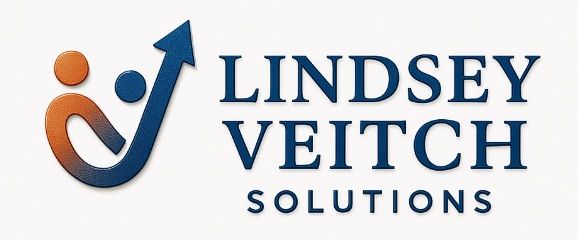Leveraging Data for Impactful Storytelling in Customer Success
Understanding the Power of Data in Storytelling
In the realm of customer success, storytelling has emerged as a potent tool to connect with clients and drive engagement. However, the true magic happens when you weave data into these narratives. Leveraging data for impactful storytelling not only enhances credibility but also provides a structured framework that resonates with your audience. By presenting data-driven stories, businesses can create meaningful connections, foster trust, and facilitate informed decision-making.
Data-driven storytelling involves more than just presenting numbers; it's about transforming raw data into compelling narratives that highlight successes, challenges, and opportunities. This approach helps in painting a vivid picture of customer journeys and experiences, making it easier for stakeholders to understand and appreciate the impact of your solutions.

Identifying the Right Data for Your Story
Not all data is created equal, and it's crucial to identify which data points are most relevant to your story. Start by defining the objective of your narrative. Are you trying to demonstrate the effectiveness of a product, showcase client satisfaction, or highlight areas for improvement? Once you have a clear goal, focus on collecting data that supports your story's main message.
Consider using customer feedback, usage statistics, and performance metrics as foundational elements of your story. These data points provide tangible evidence that can back up your claims and add depth to your narrative. Additionally, segmenting data by customer demographics or behavior patterns can offer personalized insights that make your story more relatable and impactful.
Crafting a Compelling Narrative
With the right data in hand, the next step is crafting a narrative that captivates your audience. Begin with a strong introduction that sets the stage for your story. Clearly outline the problem or opportunity at hand, and use data to quantify its significance. This approach not only grabs attention but also establishes a baseline for the success metrics you'll discuss later.

As you progress, weave in success stories or case studies that illustrate how your solutions have positively impacted customers. Highlight key data points that underscore the effectiveness of your approach. Remember to maintain a balance between data and storytelling elements to keep your audience engaged without overwhelming them with numbers.
Visualizing Data for Maximum Impact
Visual elements play a crucial role in enhancing data-driven stories. Charts, graphs, and infographics can transform complex data sets into easily digestible visuals that enhance understanding and retention. By visualizing data, you allow your audience to quickly grasp key insights and trends without getting bogged down in details.
When designing visuals, ensure they align with your brand's aesthetic and are easy to interpret. Use color coding to highlight important information and guide viewers through your narrative. Visuals should complement your story, adding value rather than distracting from the core message.

Measuring the Effectiveness of Your Story
After crafting and sharing your data-driven story, it's important to measure its impact. Analyze engagement metrics such as page views, time spent on page, and social media interactions to gauge audience interest and involvement. Feedback from customers can also provide valuable insights into how well your story resonated with them.
Use these insights to refine future narratives, focusing on what worked well and areas that need improvement. Continually iterating on your storytelling approach ensures that you remain relevant and effective in communicating with your audience.
The Future of Data-Driven Storytelling
As technology continues to evolve, so too will the capabilities of data-driven storytelling. Advances in artificial intelligence and machine learning will enable even more personalized and dynamic narratives that adapt to individual customer needs and preferences. By staying ahead of these trends, businesses can maintain a competitive edge in delivering impactful customer success stories.
In conclusion, leveraging data for impactful storytelling in customer success is not just about enhancing communication; it's about creating a deeper connection with your audience. By integrating data into your narratives, you empower customers with the information they need to succeed while reinforcing their trust in your brand.
